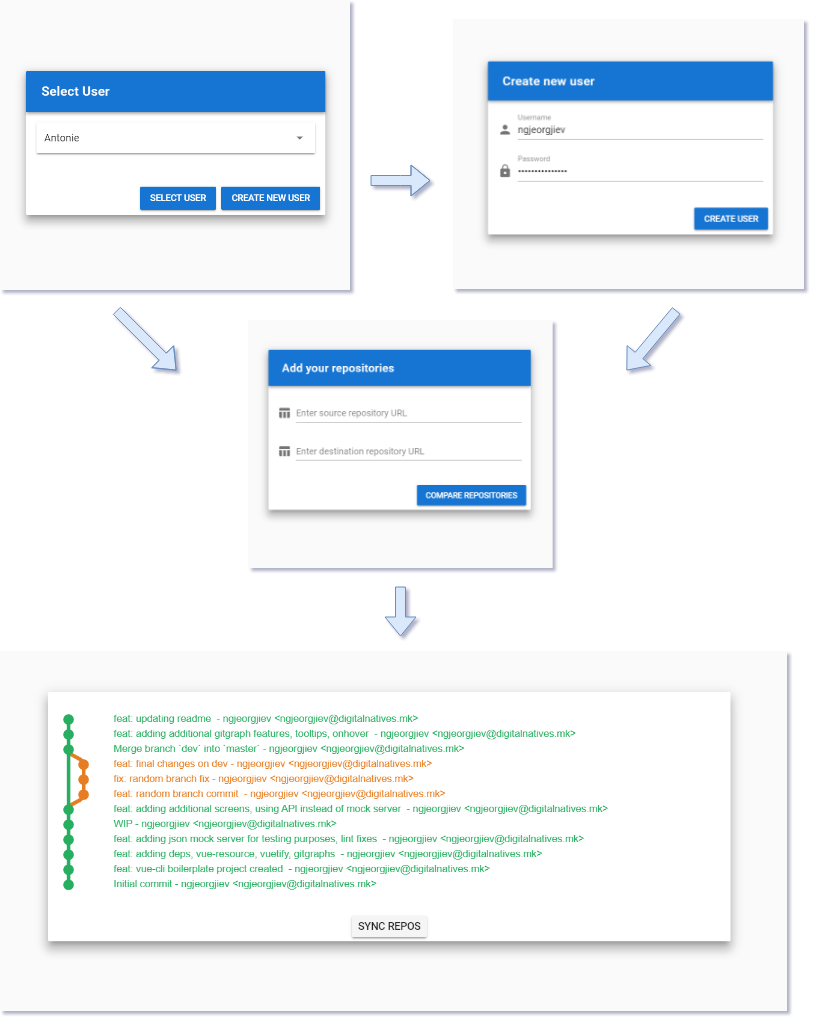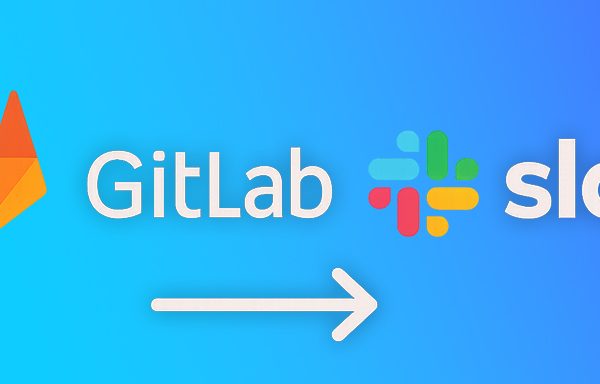Working as a consultant usually involves handling client and local repositories seamlessly and is often pretty simple as an individual.
When working in a distributed team environment where only a portion of the members have access to certain areas of the project, the situation becomes a bit tricky to handle. We identified this as a minor showstopper in our organization and during our internal hackathon Hackdayz18 we decided to make our lives easier.
Application overview and features
- Ability to synchronize public and client repositories with a single button click
- Persist user data and linked repositories
- Visualized state of repositories
- Link commits to different user
- Modify commit message and squash all commits into one
Our Team



Challenges and results
Initially what we had in mind was a tool that would read two repository URLs and with no further constraints squash all commits on one of the repositories, change the commit message and push the result on the second repository.
It turned out things weren’t that simple for the problem we were trying to solve.
Through trial and error, we managed to build a working demo of our tool in a short time frame that only need small tweaking in order to be used.

The final result was a small application that is able to persist user data and using given user credentials to read the state of repositories linked to the user. The final step is where all the magic happens and the content of the source repository is transferred into the destination repository.
There is still work to be done to get the application production ready and available to the team, but in the given timeframe we did our best, I am happy with our results.
Technology stack
- Gitgraph.js – JavaScript library which visually presents Git branching, Git workflow or whatever Git tree you’d have in mind
- GitLab API – Automating GitLab via a simple and powerful API
- VueJS – front-end development framework
- SpringBoot – back-end development framework
Conclusion
Even though we underestimated the problem we were facing, we pulled through and were able to deliver the base of the solution of the problem.
The hackathon was a valuable learning experience for the entire team and we’re looking forward to the next one!




